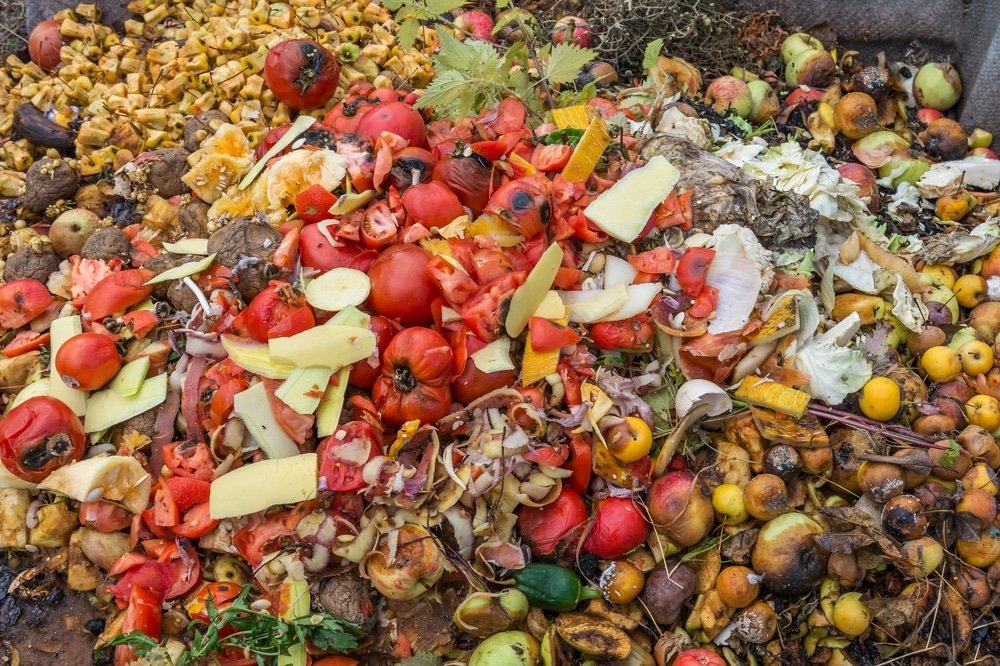In partnership with The Mexican Foodbanking Network, a Miami-based climate tech company, CoreZero, has developed a method to create carbon credits to reduce carbon dioxide and methane emissions of food waste through the voluntary carbon market.
CoreZero had quantified the prevention of 221,800 tons of carbon emissions and converted them into carbon credits.
World’s First Carbon Credits from Food Waste
The 221,800 carbon credits are the world’s first carbon credits from food rescue. They represent the beginning of an option to offset that converts waste into value.
CoreZero Sustainability Director Nicolás Dobler said:
“We are excited to assist in driving incremental value out of waste and monetizing efforts to scale up social and environmental impacts, saving more products and reducing the food gap for those in need while contributing to climate change mitigation… Our model is replicable to scale the impact of zero-waste projects globally, enabling a new and disruptive vertical of offsetting that provides social, economic, and environmental benefits.”
Emissions of Food Waste
Production, transportation, and handling of food generate significant carbon emissions. The global food system emits about a third of total annual GHG emissions. Food waste represents about half of this footprint and when food ends up in landfills, it releases methane.
One study found that in 2017, global food waste emitted 9.3 billion tonnes of CO2e (GtCO2e). That’s about the same as the total combined emissions of the US and the EU for the same year.
In the United States alone, the carbon emissions of food waste are equal to those of 42 coal-fired power plants.
The Environmental Protection Agency or EPA estimated that each year, U.S. food loss and waste releases 170 million metric tons of carbon dioxide equivalent (million MTCO2e) GHG emissions. This doesn’t even include landfill emissions.
Globally, the waste sector accounts for about 20% of human-driven methane emissions. This greenhouse gas is even more potent and has 80x the warming power of CO2 over two decades.
Overall, GHG emissions from food that’s never eaten accounts for about 6% or higher of global total emissions.
Another study found that almost 24% of food’s emissions come from food that is lost in supply chains or wasted by consumers.
Meanwhile, two-thirds of the emissions (15%) is due to poor storage and handling techniques, spoilage during transport and processing, and lack of refrigeration. The remaining 9% of emissions is from food thrown away by consumers and retailers.
To put that figure in context, it’s about 3x the aviation sector’s global carbon footprint. In other contexts, food waste will be the 3rd largest country emitter. The U.S. accounts for 13% while China 21%.
Reducing Food Waste and Climate Change
When food gets wasted, all inputs used in producing, processing, transporting, preparing, and storing it also go to waste. Food loss and waste also contributes to the climate crisis with its significant carbon footprint.
And CoreZero seeks to help ramp up initiatives that have an actionable impact in food waste reduction. The company’s CEO and founder, Jean Pierre Azañedo, understands the responsible waste approach to both address the hunger crisis and climate change. Azañedo has over a decade of experience in waste management.
The climate tech firm’s methodology measures and quantifies the impact that reducing food waste has on climate change.
Through its quantification and monetization method, both nonprofits and businesses can monetize their positive actions with carbon credits. Companies can get those credits and then use them to offset their own carbon emissions.
CoreZero’s from waste to carbon credits is a 3-step approach to climate innovation.
- Integrate. CoreZero’s platform integrates into your operations to assess the project’s potential, identify the methodology and define the emission factors that apply.
- Quantify. They measure your positive impact and convert it into carbon reduction units, tracked and reported using blockchain technology and verified through an independent third-party process.
- Monetize. Carbon reduction units transformed into tradable carbon credits and monetized in the Voluntary Carbon Market (VCM).
With this approach, CoreZero aims to transform the 1.3 billion tons of food waste each year into carbon credits. Thus, it becomes a turning point in how food waste and offsetting are now considered by NGOs, companies, and individuals.
As Azañedo noted:
“I hope this turning point contributes to a change of perspective towards waste and its value… We designed a way to accelerate waste avoidance and valorization to tackle climate change. The potential of waste is boundless, so let’s, as a society, choose not to be wasteful with waste.”


